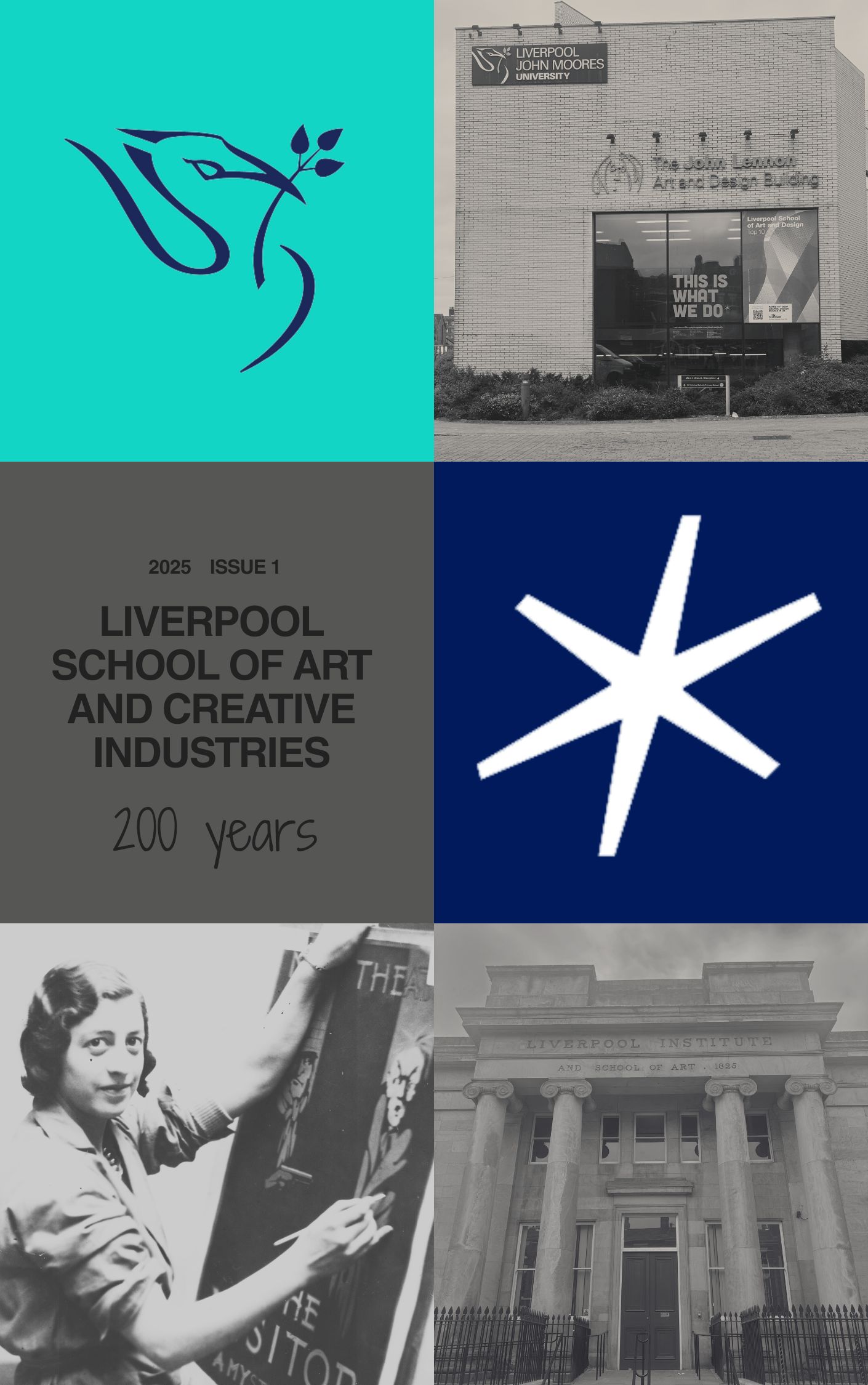The significance and emergence of ‘craft’ in contemporary fine art exhibitions and practice, exemplified within the Venice Biennale 2024.
DOI:
https://doi.org/10.24377/LSACI.article3134Abstract
I never even knew that art could be anything other than spectacular pre-Raphaelite paintings, or imposing renaissance sculptures; the skill, technique and overall grandiose filled me with awe, and quickly became my expectation and standard. Of course, what I didn’t realise was that this slither of the art world that I was exposed to, was simply that - a limited preview into the canon. It was when I had entered university and begun knitting and sewing within the context of visual art that I discovered this history of denial and exclusion for artists like me.
Craft has a complex history which has left it often overlooked within the art world, but today we may again be at a point of revival. Mirroring the 1970s, Glenn Adamson (2007, p.166) highlights a certain trendiness of craft within the contemporary art sphere: ‘craft seems positively fashionable in the present moment, as artists, architects and designers evince a fascination with process and materials’. It is important to define what craft is, to delineate what we will be referring to throughout this essay. I will discuss the changing value of the medium, which has gone through many historical variations, so I think it is important to classify craft here as its material manifestations. Tate defines craft as 'a form of making which generally produces an object that has a function’ (Tate, no date), but I believe this discounts a lot of contemporary work, focussing on the physical results. Instead, I prefer Glenn Adamson’s (no date) definition of modern craft - ‘the application of skilled making to the world around us.’ - which instead focuses more on the means of production and less so on the functionality of product.
Downloads
Published
Issue
Section
License
Copyright (c) 2025 Ellie Felstead

This work is licensed under a Creative Commons Attribution 4.0 International License.
The copyright of content is retained by the author(s). Please check the specific licence for this item. The majority of the content in this journal is published under a Creative Commons Attribution Licence. Artworks are published under a Creative Commons Attribution-NonCommercial-NoDerivatives 4.0 International Licence. These licences allow others to read, download, copy, distribute, print, search, or link to the full text of works in this journal, or to use them for any other lawful purpose in accordance with the licence.
This journal provides immediate open access to its content and has no submission or publication fees.


